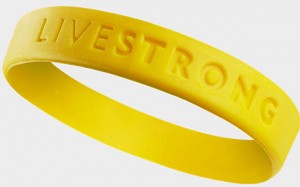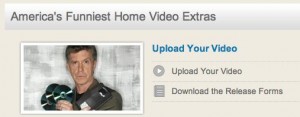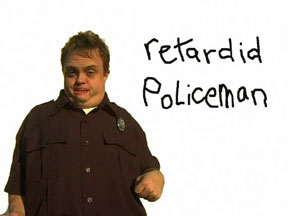
At this moment, marketers around the world are trying to replicate what has happened with the ALS ice-bucket challenge. See the ALS Association website (news) if you’ve somehow missed this unplanned viral campaign that’s exploding from celebrities and your community.
First some context. Few knew until now, but ALS stands for amyotrophic lateral sclerosis, which is a progressive neurodegenerative disease that affects nerve cells in the brain and the spinal cord. It was brought to attention by major league baseball player Lou Gerhig (whose name is synonymous with the disease). I’m happy for ALS because it’s getting the awareness and discussion otherwise reserved for breast cancer.
The ice-bucket challenge isn’t new, but the ALS angle seems to originate as follows: a golf trainer challenged a Sarasota NY professional golfer, Chris Kennedy, to dump a bucket of ice water on his head AND choose a charity to support. In mid-July he took the offer, and chose the ALS because his wife’s cousin has it.
So how did it go viral?
Based on my experience as a “Viral Video Genius,” I’ll now outline seven of the reasons this ALS cold-water challenge has caught fire. Let me confess that while I’m thrilled for ALS awareness, I’m also burnt out on the ice-bucket challenge. I kinda throw up in my mouth when I hear “I nominate…” soon followed by a giggling scream. But please feel free to enjoy the blooper reel: ALS ice-bucket fail compilation video I created. It’s been seen about 75,000 times.
I’ve also provided some examples below to underscore my theories, which are, of course, highly credible since I’m a viral author. So now you’ll sound very sophisticated when you analyze the ice-bucket campaign at work, home and with friends.
-

Why did the ALS ice-bucket, cold water challenge go viral? Easy, timebound, personalized, exponential and charitable. It’s one-to-one and exponential. Each person names 3 people they know, so if just half (1.5) of those people respond, it spreads extremely quickly. “Tagging” a person in a video has worked before. Remember naked vlog tag from 2008?
-

Let’s just hope that other charitable efforts don’t reuse the “ice bucket” like they did with Livestrong bracelets It’s charitable not commercial. Of course it doesn’t matter what charity has benefited, because it’s unlikely that the majority of this was motivated by a personal connection to ALS. Charitable efforts go viral because they appeal to our generosity (and our desire for recognition of said generosity). Think about the explosive impact of the Hank and John Green (Vlogbrothers) Project for Awesome. If it was breast cancer, we’d have seen this go further. Of course it can’t work for another charity now. Find something new, folks. Don’t pull a “Livestrong Rip” on this.
- It’s time bound. The “24 hour” plea is a vital ingredient. That forces the recipient to act or not act. And guilt prevents the latter. These things need to be fast to work, and we know quickly if it’s a success. Think Kony 2012 (Feb 2012 through April 2012), which lasted about 3 months and was forgotten.
- Participation is formulaic. People like to join these types of games if the assignment is easy. That’s why the Harlem Shake took off… it was a very short, simple formula that almost anyone could replicate. Do you remember the Chicken Soup dance? Same idea.
- It’s easy. With the proliferation of video-enabled smart phones, no editing is required. That factor isn’t exclusive to this challenge, but certainly enables participation by the unwashed masses (instead of elite web or online-video junkies). It’s like a video meme we can all join.
- It’s a visceral, visual stunt. Same idea as Gangnam Style, but you don’t need skills.
- We like modest pain. It shows our courage and discipline. Remember the cinnamon challenge? I did a “double dog dare” with eating worms, but it unsurprisingly didn’t catch fire. We seem to have a strange fascination especially with getting iced. But most don’t have the conviction to do the “polar bear plunge.” Although frankly, I’d do the plunge to end this campaign.
There is actually an eighth reason that has something to do with wet t-shirts, but I’m not going to count that one.



